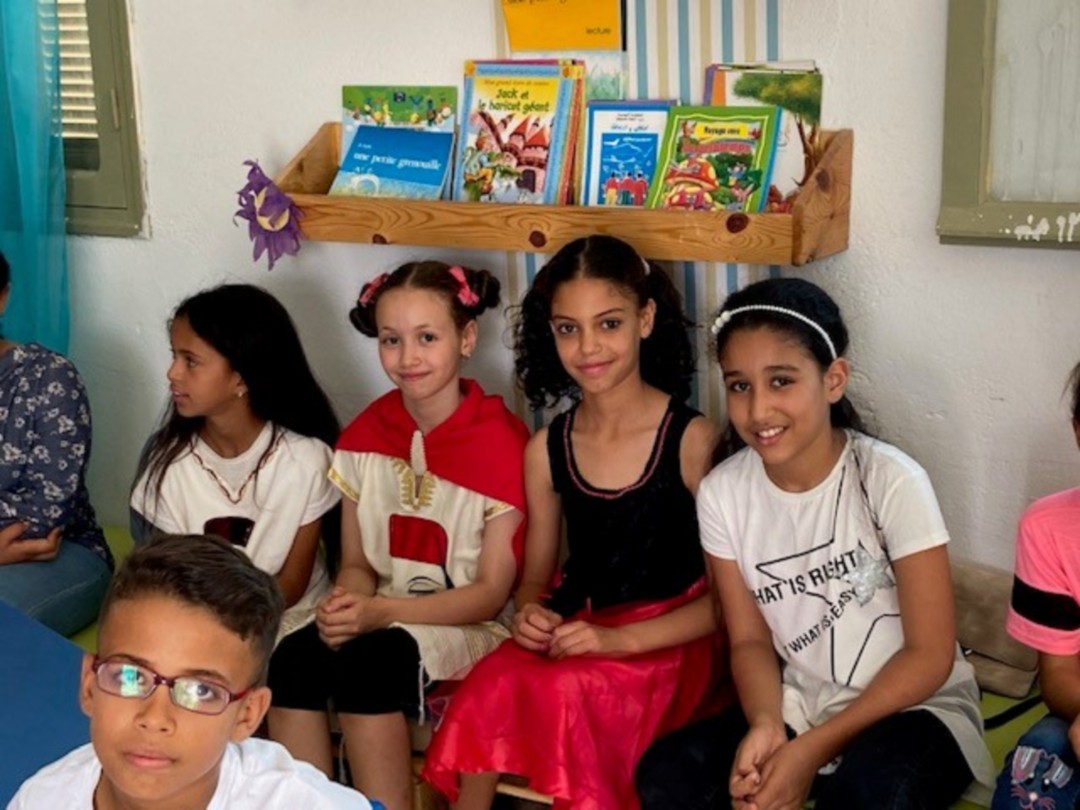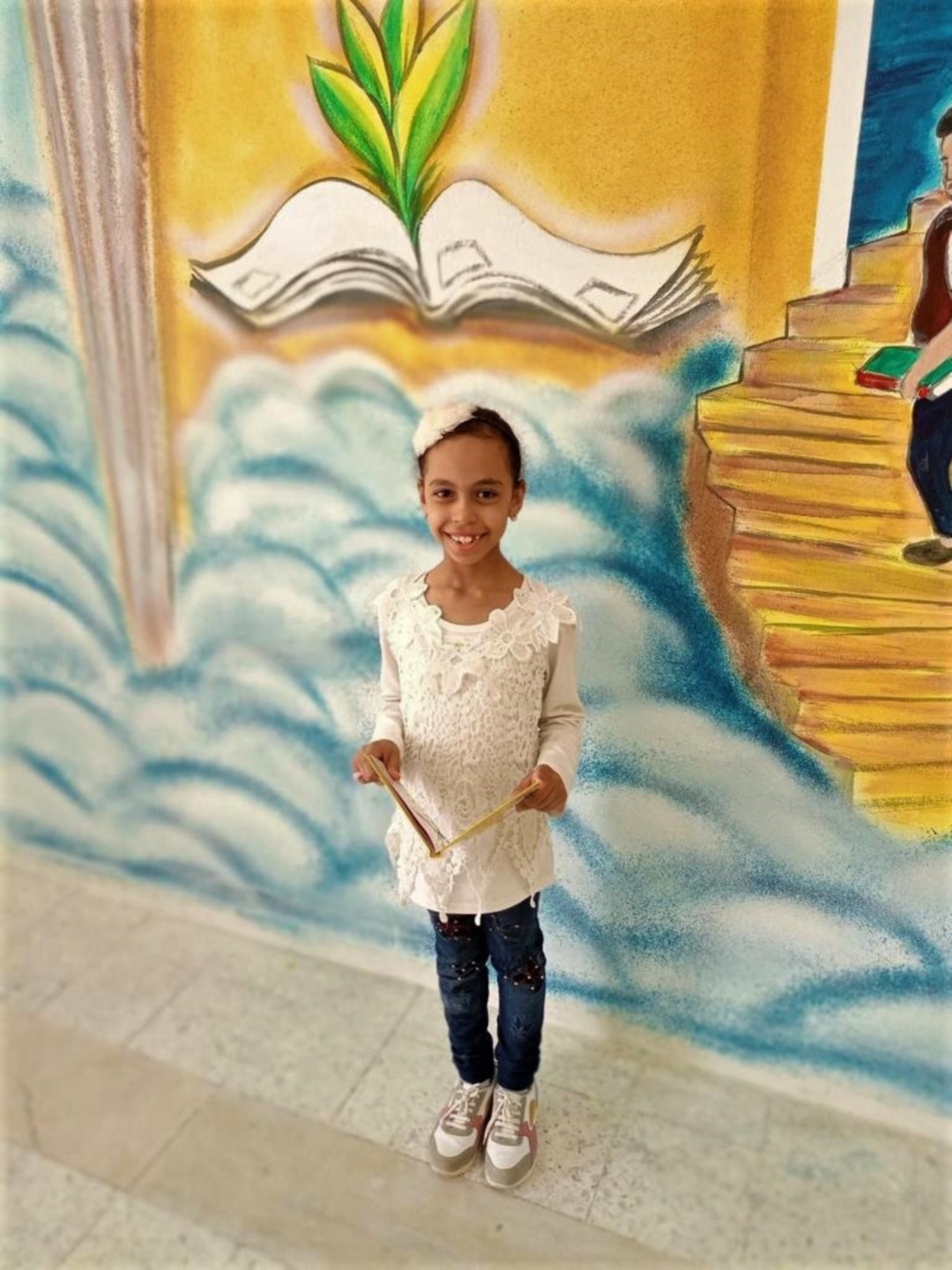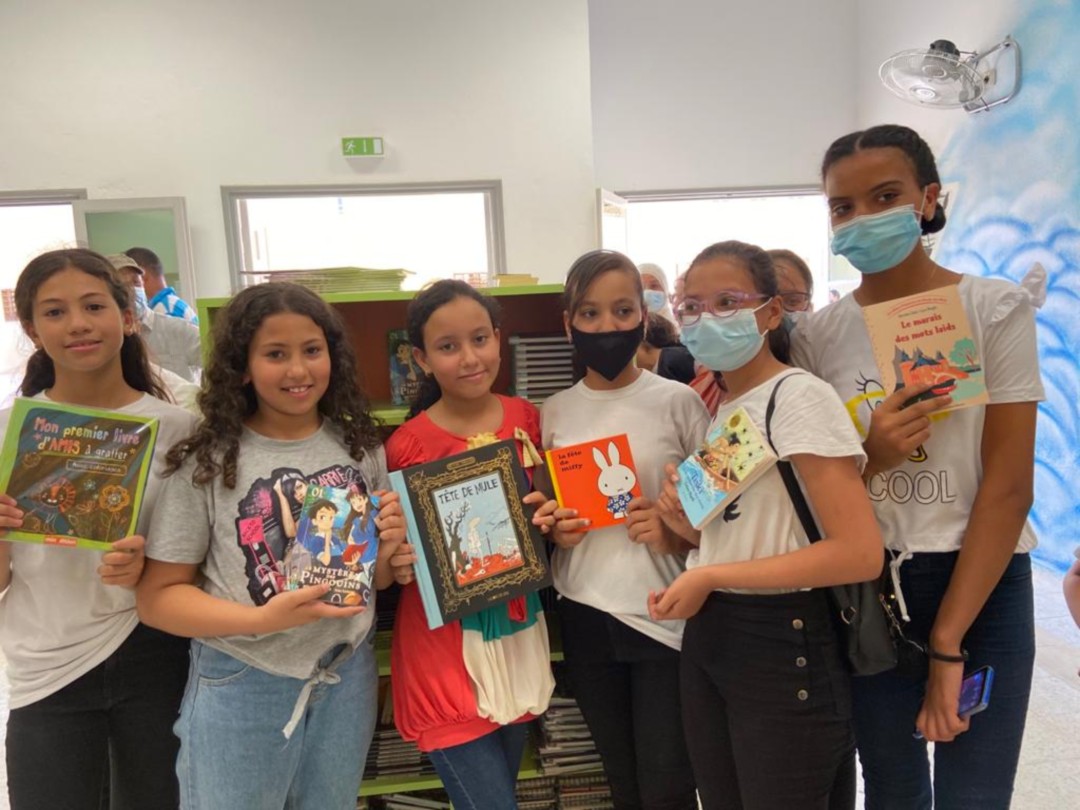Improved access to quality books
This three-year project has improved access to quality French-language books for schoolchildren in Tunisia's most vulnerable governorates. With a view to developing the practice of reading in the French language among young people and strengthening the skills of French teachers, Bibilionef has created 5 media libraries in pilot schools, extending to surrounding elementary school in the governorates of Tozeur, Kairouan, Sousse and Sfax, and 6 elementary school libraries in the vast desert governorate of Kebili. Each media library received 3,000 books, and all 6 schools in Kebili received 500 books each. In all, 18,000 carefully selected new books are available to over 28,751 pupils. For teachers and administrators, these books are pedagogical tools for strengthening the learning of the French language and developing a taste for reading in young people.
Biblionef is a French NGO founded in 1992. Its mission is to facilitate access to books and reading in French for children and disadvantaged and vulnerable adolescents, helping them to develop the foundations of knowledge and education to which all people are entitled, offering them keys to their future.
News







Tunisia
Population
11.6 million (2018)
Per Capita Income
$ 3,500 /year (2018)
Poverty rate *
15% (2015)
Literacy rate
79% (2014)
Human Development Index
96th out of 189 countries (2018)
Since 2011, Tunisia has been steadily progressing towards a successful democratic system of governance. Although the country’s GDP has doubled over the past 10 years’ rural areas are still stuck in a rut of poverty. A majority of economic growth is localized to coastal, urban communities with two-thirds of the country’s poor population living in rural, agrarian areas. Once the new democracy took hold in 2011 the government implemented programs to improve the national status of education, healthcare and infrastructure, with tangible results. But the disparities remained with a poverty rate as much as 30 percent higher in some rural regions. Nearly half of the poor population live without water or electricity. The number of women receiving prenatal care is 35 percent lower in rural areas, and infant mortality rates are significantly higher. Dropout rates for primary education remain at about 50 percent for the whole country, disproportionately attributed to children in poverty, and especially to girls in rural areas.
Sources: World Food Program, UNICEF, World Bank, 2016 Human Development Report, Human Development Indices and Indicators (2018 Statistical Update)
*The percentage of the population living below the national poverty line.